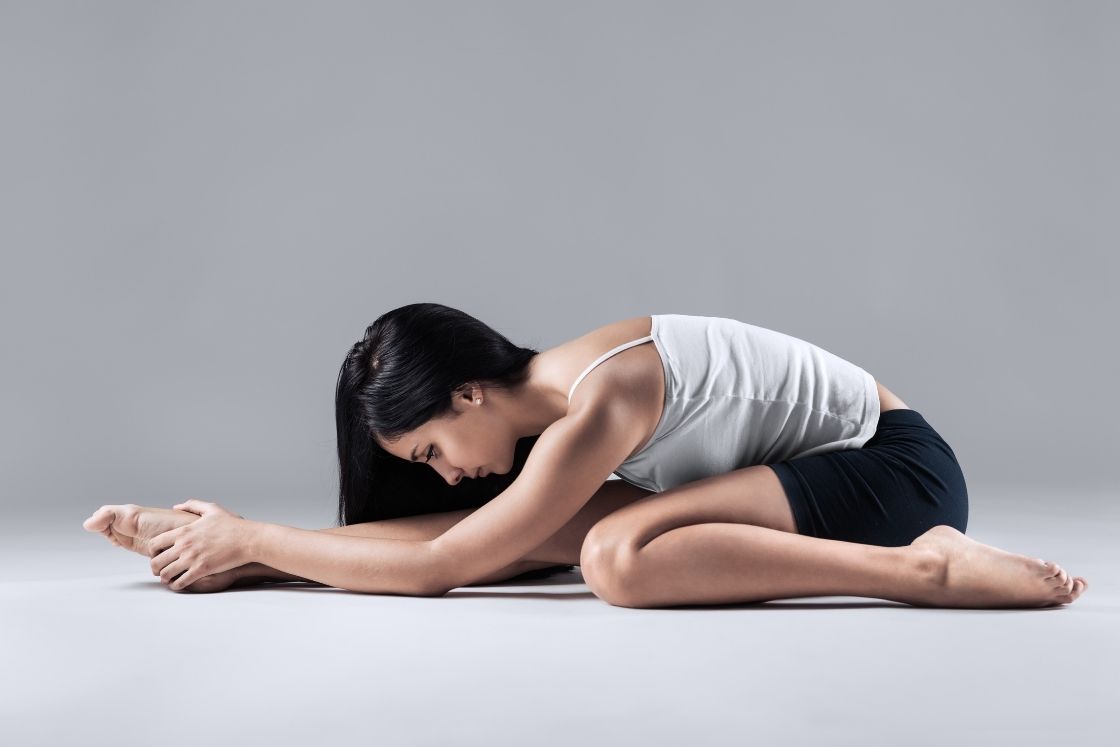
Trianga mukhaikapda paschimottanasana is an advanced seated posture with a forward bend. It is a variation of the basic pose, paschimottansana with a leg bent backward.
Various English names of this pose are; folded leg forward bend, one leg folded forward bend, or three-limbed forward bend pose. The pose requires flexible hips to perform this asana precisely. It targets the spine, neck, shoulders, arms, and leg muscles to provide deep stretch.
The posture is most suitable for people to build self-confidence, overcome fears, and a sense of purpose in life.
Meaning
The name of Trianga mukhaikapada paschimottanasana is taken from Sanskrit. It’s better to have a look over the root terms of the name along with their meanings;
- Triang means “three limbs”;
- Mukha refers to “face”;
- Eka means “one”;
- Pada is “foot”;
- Paschima is “west” or “back of the body”;
- Uttana means “intense stretch”; and
- Asana means “posture”
The three limbs engaged in this are; buttocks, knee, and feet. Besides the involvement of three limbs, the characteristic of three asanas that it holds are; dandasana, virasana, and paschimottanasana. Both these facts justify its name as a three-limbed forward bend pose.
The forward-bend tones the core muscles and also stimulates the internal organs, hence benefits the entire body thoroughly.
Trianga Mukhaikapada Paschimottanasana Practice Guide
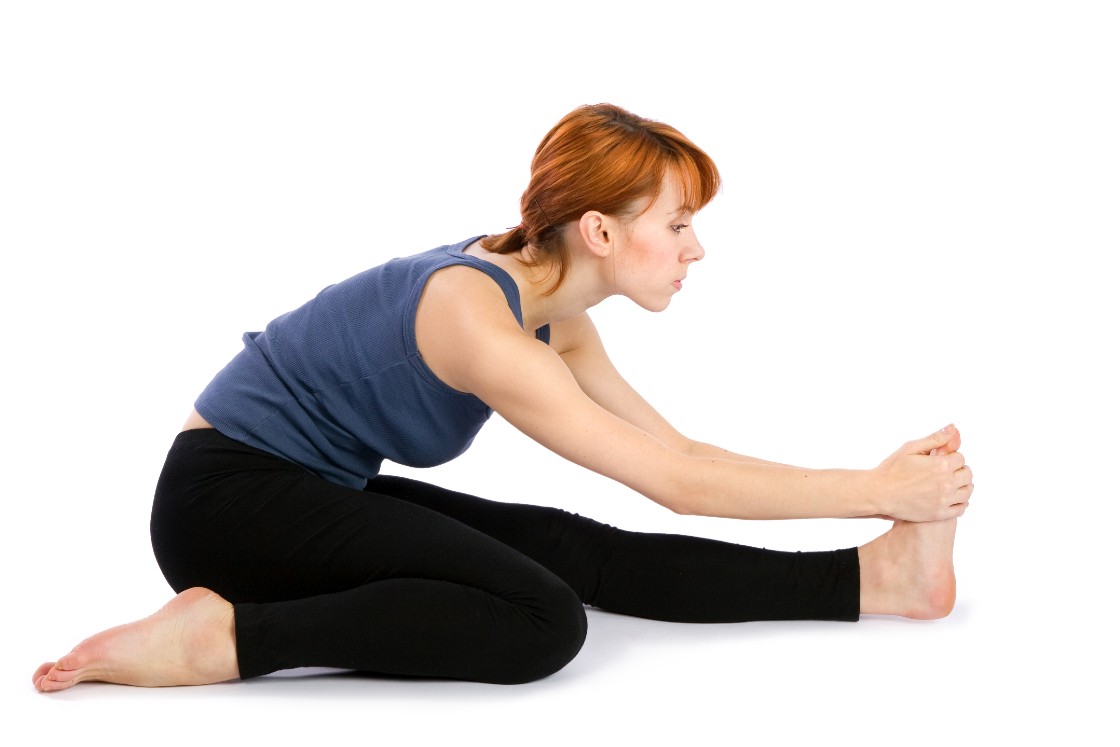
Precautions & Contraindications
- Pregnant women should avoid this asana without the help of any props and instructor.
- Do not practice it while recovering from any recent surgery.
- Avoid it if there is an injury in the back, hips, knees, ankles, shoulders, neck, and arms.
- Practicing it with a weak digestive system might worsen the condition. Therefore practice this pose in moderation initially.
Preparatory poses
- Standing Forward Bend (Uttanasana)
- Staff Pose (Dandasana)
- Downward facing Dog Pose (Adhomukhasvan Asana)
- Hero Pose (Virasana)
- Seated Forward Bend (Paschimottanasana)
How to Do (Steps)
- Begin with Dandasana
- Fold your right leg at the knee placing the foot beside the right hip joint.
- Slide your right calves muscles outwards with the hands. This makes a contact between the inner right calf muscles with the outer right thigh.
- Find your balance keeping the knees together and relaxing the shoulders.
- Inhale raise your arms above your head.
- Exhale bend forward on your left knee and embrace the left foot holding your left wrist.
- Place your head, then nose to the knee.
- Inhale with a half lift and rest your chin on the left shin.
- Gazing the toes hold this position for 30 -60 seconds and keep breathing,
- Inhale lift the trunk release the arms and come up.
- Exhale bring the palms to the floor on your sides.
- Repeat the same by folding the left foot.
- Once the round on the left foot completes, relax in dandasana.
Beginner’s tips
- It’s normal if you’re unable to hook the wrist around your soles. You can keep your hands on the sides of the stretched foot and hold the final posture.
- If it’s challenging to prevent the leaning of the upper body to the side shift your weight towards the bent leg.
Follow-up poses
- Bharadvaja’s twist (Bhardwaj Asana)
- Heron Pose (Krounchasana)
- Supported Shoulderstand (Salamba Sarvangasana)
Modification
- Yoga Block – People with tight hip joints can practice this pose with props. Sit on a yoga block to perform the asana using your sit bones. This helps in maintaining the balance with one folded leg and prevents the tilting of the upper body to one side.
- Yoga strap – Wrapping a strap around the soles of the stretched foot makes the leg approachable. People who are unable to reach the foot while bending forward finds yoga strap handy. They can hold the ends of the strap rather than holding the feet or hooking the wrist around the foot.
- Using Chair – You can also use a chair to ease the pose a bit. Keep a chair in front of you and stretch the leg under it. While bending forward you can rest your arms and head on the chair. This makes forward bending less challenging.
Variation
- Parsva Trianga Mukhaikapada Paschimottanasana – In this variation, the bending is not towards the stretched foot. However, it is done by tilting the torso to the respective side of the stretched leg. The shoulder is drawn to the floor and the alternate palm is placed on the flexed knee.
Trianga Mukhaikapada Paschimottanasana Benefits
1. Builds flexibility
The forward bend involved in the asana stretches the neck, shoulder, arms, back, hips, thighs, knee, abdominal muscles. This increases blood circulation and nutrition intake in these muscles. This strengthens the muscles and enhances their flexibility.
2. Rejuvenates abdominal organs
The forward bend and the folded leg exerts intense pressure on the abdominal organs. It tones the muscles as well as aids in better functioning of the liver, stomach, pancreas, kidney, etc.
Therefore, trianga mukhaikapada paschimottanasana also benefits the digestive system and prevents constipation. It also cleanses the body and regulates the functioning of all the abdominal organs.
3. Cures flat feet
Trianga mukhaikapada paschimottanasana rectifies the alignment of the feet. The backward folded foot remain arched on the floor. It has a healing effect on flat feet. The pose maintains the alignment of the hips and flexes the knee. It eventually improves the posture of the leg.
With improving flat feet, it provides a sense of balance and stability to the practitioner.
4. Stimulates the reproductive system
All the internal organs pelvic cavity gets toned due to contraction and expansion of the muscles involved in a forward bend. It also includes massaging the reproductive organs. This stimulates the functioning of the reproductive system.
Women practitioners experience alleviation in the menstrual cramps.
5. Leaves calming effects
The stretches improve the supply of blow to the spine and the nerves. It provides relaxing effects on the nervous system. This helps relieve stress in the mind and body. The practitioner can even resolve his/her anxiety issues.
6. Pain reliever
Trianga mukhaikapada paschimottanasana has pain-relieving effects. The legs and hip joints are stretched in its practice that has therapeutic actions on pain related to these regions. It exerts relieving effects in plantar fasciitis, and sciatica, piriformis syndrome.
7. Activates the Manipura chakra
There is a traditional benefit associated with this pose. The forward bend opens an energetic channel that builds self-esteem in the practitioner. The Solar plexus (Manipura Chakra) located above the navel gets activated.
Therefore, trianga mukhaikapada paschimottanasana is a boon to overcome all the negative hurdles like self-doubt, fears, and insecurity.
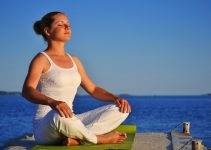
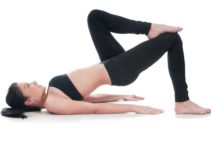
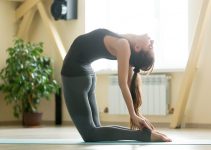
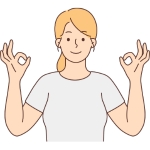
 Oct 24th to 30th
Oct 24th to 30th Learn Mudras
Learn Mudras  Deepen Your Practice
Deepen Your Practice  Find Inner Peace
Find Inner Peace
The article about Trianga Mukhaikapada paschimottanasana is very informative. I have a doubt to clarify. In Precautions, you have mentioned that people with a weak Digestive system should not practise this Asana. But in Benefits, you have mentioned that this Asana activates Manipura Chakra. Then , why this Asana should not be done by one with weak Digestive system. Pl clarify
Sorry, it should be – “person with a weak digestive system should practice this in moderation”.
In forward bends, our stomach organs are pressed inwardly which brings the related organs in pressure. This pressure works to stimulate the working of the digestive system, however, it may negatively impact if a person’s digestive system is not strong enough. Therefore it should be done in moderation initially.